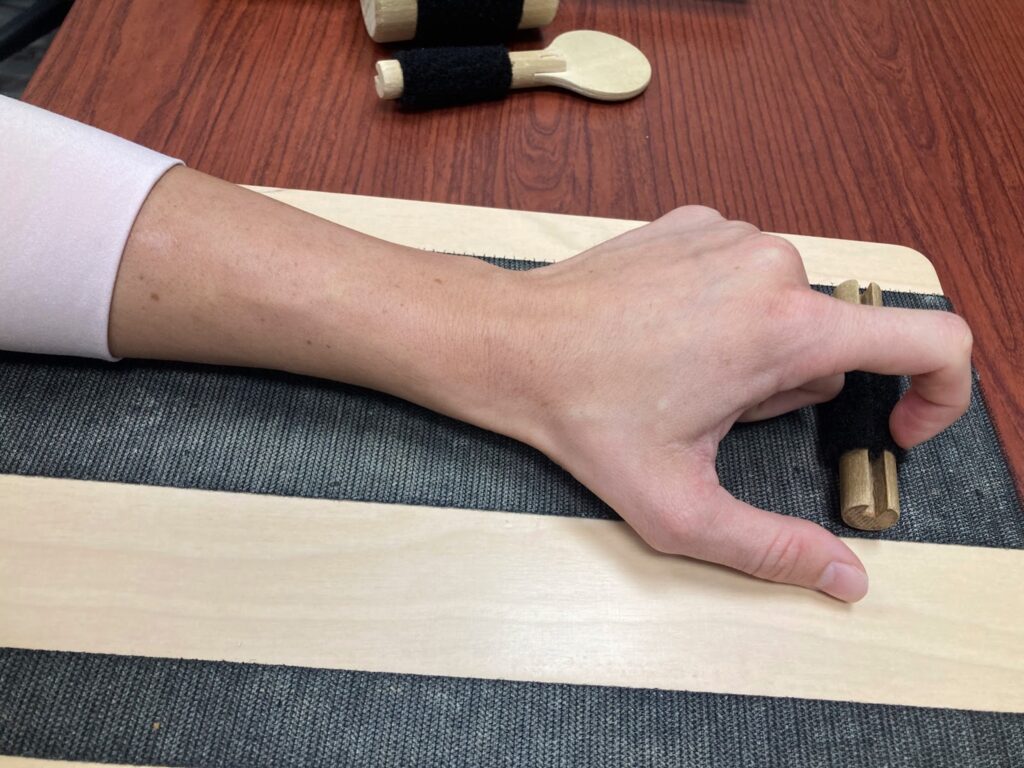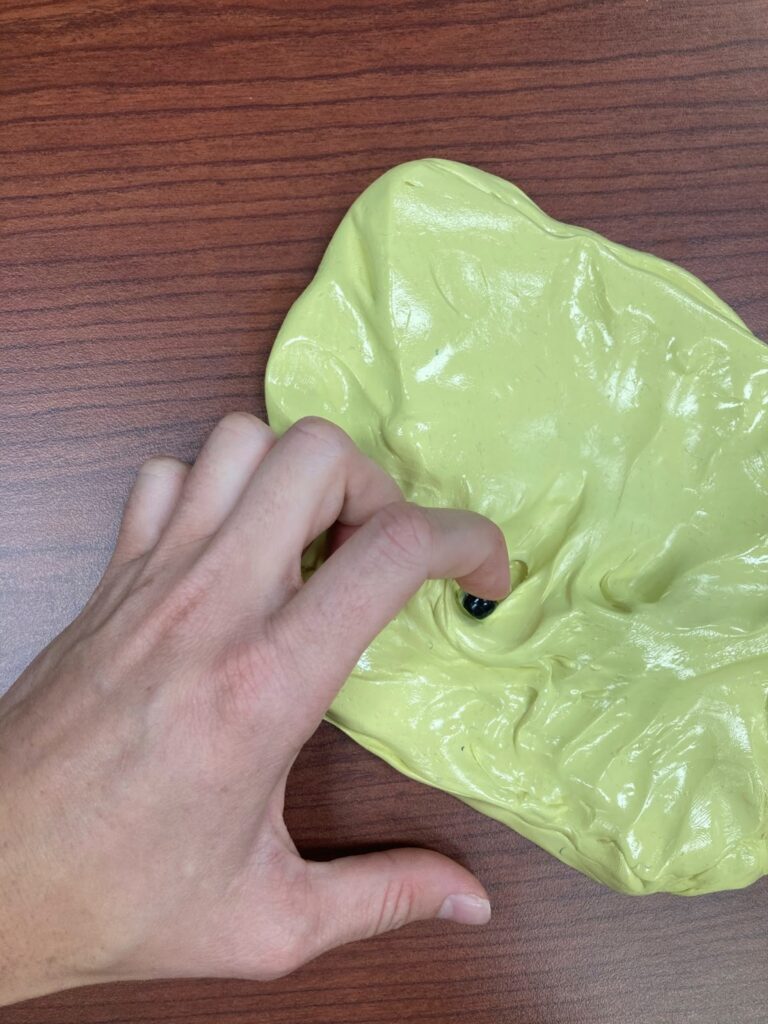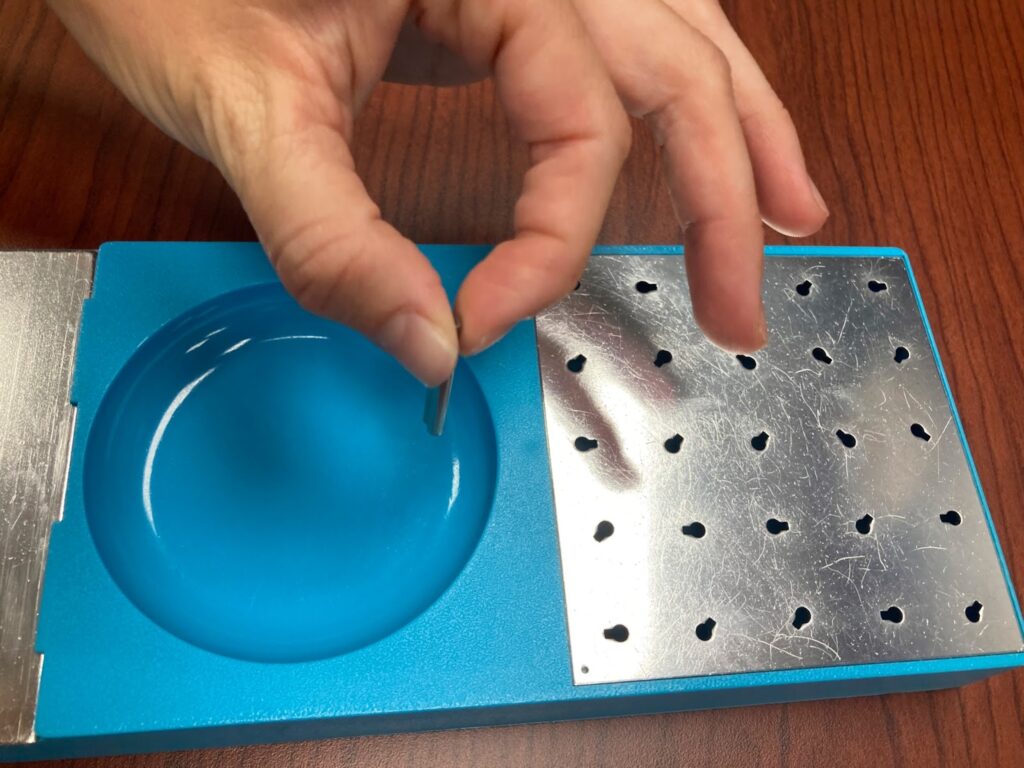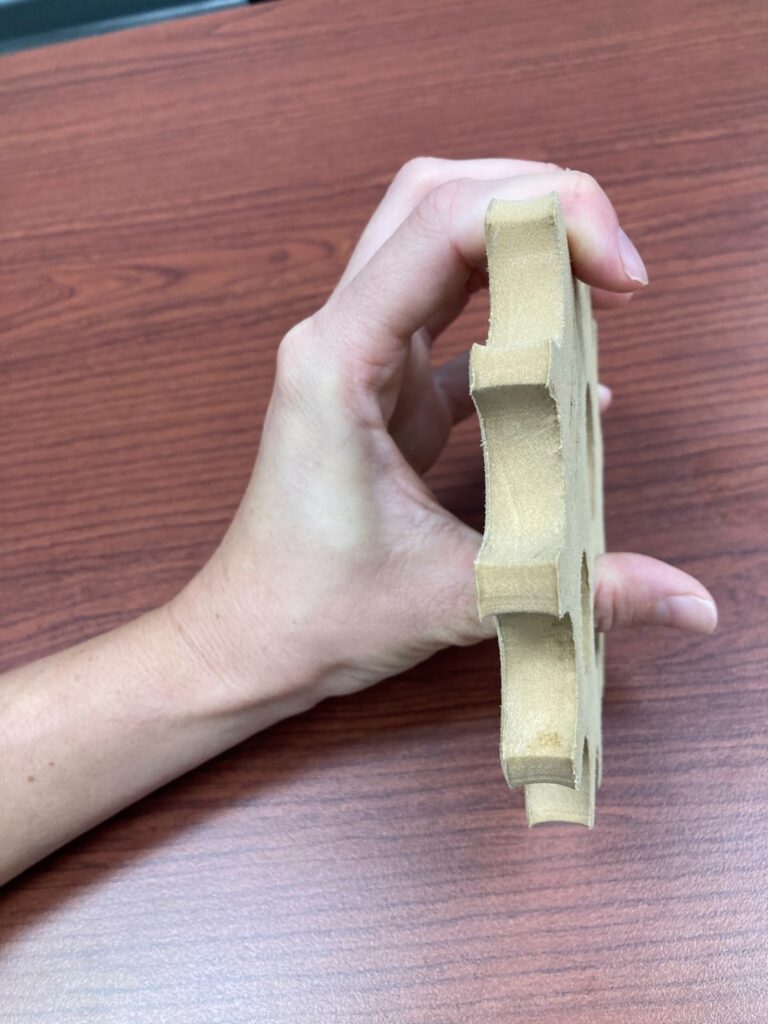By: Tori Rhodes
Lately, we’ve had a handful of patients roll through our clinic with pretty significant limitations to DIP flexion. So, we’ve collected a selection of go-to exercises for these individuals. We’ve included a few of those here.
From cat bites and fracture sites to mallet fingers and skin grafts, many individuals who are struggling to get those fingertips down into flexion are also dealing with a significant amount of scar tissue adhesions.
DIP Flexion Exercises (finger flexion exercises).
1. Push and Pulling the small dowel on the Velcro board. This one is a classic. And the cool thing(s) about it include:
A) it’s easily graded by switching from thin to thick Velcro strips, changing the size of the dowel, or including neighboring digits.
B) Also, this activity can provide some good ‘balance.’ By having a patient push and pull, you’re prompting flexion and extension of the IPs. Specifically, it’s important to be aware of the balance when dealing with a mallet finger injury. Although we want more flexion and pull-through of those DIPs, we do not want a huge extension lag to set in.

2. Bead find in Putty. This one is also easily graded. You can set a timer and challenge them to find as many beads as possible in the given time frame. For a more controlled activity, you can have them dig with the dip isolated. It can also be graded but using different grades or putty or by using different diameters of beads.
Encourage your patients to ‘dig’ with their fingers rather than dragging it through the putty. Anchor the hand on the table to pull with just the finger rather than pulling the arm. This will prompt more IP flexion and less upper arm compensation.

3. Grooved Pegboard with tip-to-tip prehension. Whether graded down to the 9-hole peg or up to the Purdue pegboard, functional pincer grasping is a great way to increase motion. This is one of the best hand therapy exercises.

4. Joint Blocking with/without Finger Platter. Have your patient isolate their IP joints and pull down. If you don’t have one of these handy platters, you can just as easily have them use their other hand to prompt the same thing or fabricate a ‘take-home’ version from thermoplastic scraps.

5. Powerweb Pull-Downs. With the thumb hooked on the edge of the power web, reach fingers as far out as possible into the holes of the web. Keep the web at the pulp of the digits to increase DIP motion specifically.
This is another one that can provide balance. And we do love balance. For a mallet finger injury or any other individual with whom you have concerns about an extension lag, alternate between pull-downs and ‘pressing’ into the web for an extended stretch can be a good way to find a balance between flexion and extension.
Grade the activity by using different ‘levels’ of the Powerweb.

2 Comments
Leave a Comment
More To Read
Putting Occupation in Hand Therapy
It was early in my career, maybe a year out of school. I was working with a veteran physical therapist that had been practicing for thirty plus years. She was somewhat intimidating and one of those old school physical therapists that thrived on being aggressive. We were chatting about what areas of occupational hand therapy…
Read MoreSurgery & Hand Therapy Highlights for Dupuytren’s Disease
Dupuytren’s disease affects the fascia of the hand (Dupuytren’s fasciectomy hand). It is relatively common to encounter patients with Dupuytren’s condition, even if that is not the primary reason you are treating the patient. Patients often present with a nodule(s) in the palm of the hand, or they may even have a thickened cord running…
Read MoreWhat is Chronic Exertional Compartment Syndrome? Overview and Hand Therapy Treatment Ideas
Compartment syndrome is a condition characterized by increased pressure within a compartment of the body, leading to pain, swelling, and reduced tissue perfusion (Barkay et al., 2021; Buerba et al., 2019). It can be either acute or chronic (Barkay et al., 2021). Chronic exertional compartment syndrome (CECS) is a rare type, most commonly observed in…
Read MoreHow to Use Translation for Improving Fine Motor Skills after a Hand Injury:
I’m always looking for new therapy ideas. I want to keep my patients interested and engaged in therapy. I also want to keep things functional and task oriented. So much of what we do with our hands is about fine motor coordination and dexterity, and that is so hard to duplicate in a clinic setting.…
Read MoreSign-up to Get Updates Straight to Your Inbox!
Sign up with us and we will send you regular blog posts on everything hand therapy, notices every time we upload new videos and tutorials, along with handout, protocols, and other useful information.







your presentations are always great
Thanks for a review of activities I already use but needed reminder about !!